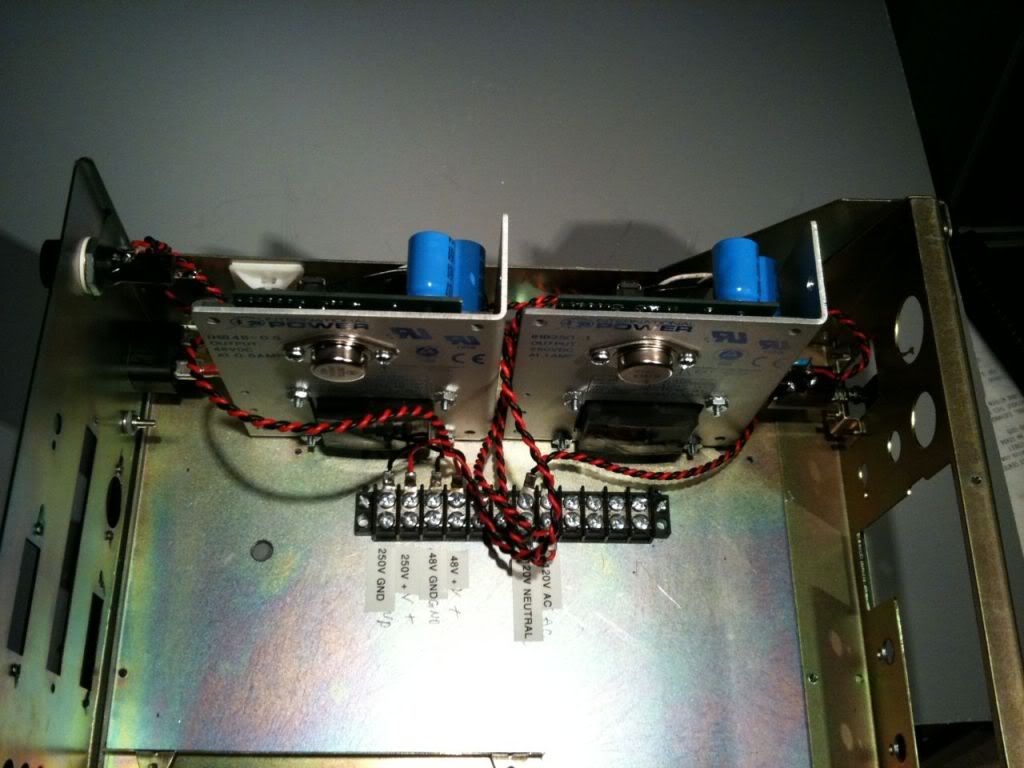ruffrecords
Well-known member
spreemusik said:Why not simply bend a thin strip of sheet metal to shape? Tubes are not that heavy.
Like this?

This says all there is to say about my metalworking skills ;D
Cheers
Ian
spreemusik said:Why not simply bend a thin strip of sheet metal to shape? Tubes are not that heavy.

MagnetoSound said:Looks perfect to me!

spreemusik said:Why not simply bend a thin strip of sheet metal to shape? Tubes are not that heavy.






















bruce0 said:Anyway... I still have to make some changes to this thing, but it sounds really great, and like all good tube gear, it even sounds ok when you get the levels wrong.
And thank you Scott Hampton for writing that nice article, which got me into this hobby.
And if this post is too long or inappropriate for this thread, I will move it somewhere else.
ruffrecords said:bruce0 said:Anyway... I still have to make some changes to this thing, but it sounds really great, and like all good tube gear, it even sounds ok when you get the levels wrong.
And thank you Scott Hampton for writing that nice article, which got me into this hobby.
And if this post is too long or inappropriate for this thread, I will move it somewhere else.
Great project. Very impressive.
Cheers
Ian
pucho812 said:bruc0 what is the part numbers on those psu's your using. really curious on that 250 V one....
Rob Flinn said:Ian
If you want to shock mount the valve, just use a pair of grommets to mount each valve base to the B&Q angle aluminium. Easy & cheap !!
bruce0 said:pucho812 said:bruc0 what is the part numbers on those psu's your using. really curious on that 250 V one....
I got it at Mouser, part number came from the original "Build your own two channel vacuum tube mic preamp" by Scott Hampton, it was in TapeOp magazine.
I think the company may have changed names in the mean-time, but it is still at Mouser - International Power (I can't remember if that is the old or the new name) open frame linear supply
bruce0 said:Ian: just to be clear. These are not really bench top things.... These are open frame power supplies, set up for a fixed voltage output and not in an enclosure. No fuse, no IEC connector... just an open frame, solder lugs to configure 110/220 output lug and a voltage adjust (and maybe current limiter adjust).